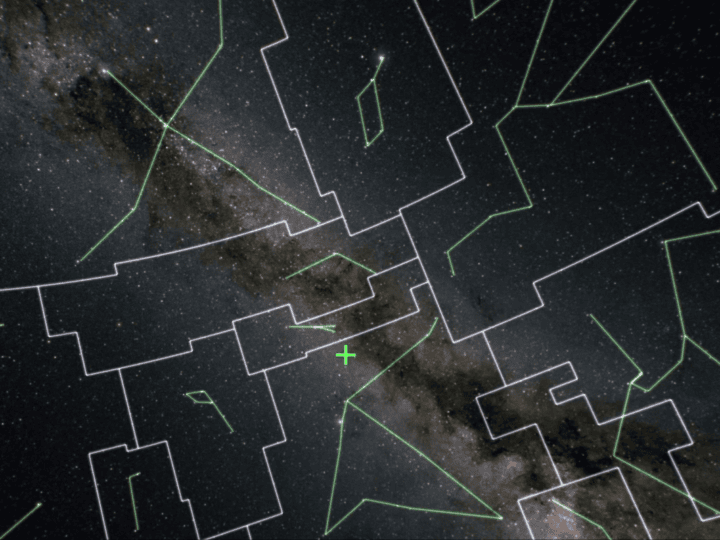A study published in this week’s issue of Nature Astronomy reveals a previously unknown, very large void in our extragalactic neighborhood that exerts a repelling force – a huge push — on our Milky Way galaxy and its companion Andromeda galaxy.
For the past 40 years, astronomers had assumed that the Milky Way’s race through space at the speed of 630 kilometers per second is propelled only by a gravitational pull toward denser regions of the universe, clusters of faraway galaxies dubbed the Great Attractor and the Shapley Concentration.
Now, four researchers including Prof. Yehuda Hoffman at the Hebrew University of Jerusalem’s Racah Institutes of Physics report that our galaxy is moving so fast because it’s not only being pulled by areas of greater density but also pushed by areas of lesser density.
“By 3D mapping the flow of galaxies through space, we found that our Milky Way galaxy is speeding away from a large, previously unidentified region of low density. Because it repels rather than attracts, we call this region the Dipole Repeller,” said Hoffman.
“In addition to being pulled toward the known Shapley Concentration, we are also being pushed away from the newly discovered Dipole Repeller.”

The presence of such a low-density region has been suggested previously, but confirming the absence of galaxies by observation has proved challenging. Hoffman and colleagues in the United States and France used powerful telescopes, including the Hubble Space Telescope and the Spitzer Space Telescope, to construct a three-dimensional map of the galaxy flow field.
Flows are direct responses to the distribution of matter away from regions that are relatively empty and toward regions of mass concentration. The large-scale structure of the universe is encoded in the flow field of galaxies.
This approach enabled them to identify the Dipole Repeller and reconcile both the direction of the Milky Way’s motion and its magnitude.
They expect that future ultra-sensitive surveys at optical, near-infrared and radio wavelengths will directly identify the few galaxies in this void, and directly confirm the void associated with the Dipole Repeller.
Hoffman tells ISRAEL21c that the universe is understood to be constantly expanding, but the expansion has been observed not to be uniform.
He and his colleagues from the Université Paris-Saclay and University of Lyon in France; and the Institute for Astronomy at the University of Hawaii constructed a model to explain their theory that the non-uniform velocities of the galaxy are related to density irregularities in the universe.
“We found for the first time that the role of attracting and repelling is about the same, and this causes the high velocity,” says Hoffman.
This discovery is significant because it adds a large piece of solid evidence to the understanding of how the universe has evolved.
“Once we know the structure of the universe we can take it back in time and forward in time through computer simulations and compare that to what we observe around us, and we can devise models for how structures around us have formed,” he says.
“Knowing where we came from and where we’re going and what is happening around us satisfies our curiosity and our philosophical quest to understand the universe,” Hoffman tells ISRAEL21c.
The research was supported by the Israel Science Foundation, the Institut Universitaire de France, the US National Science Foundation, Space Telescope Science Institute, the Jet Propulsion Lab and NASA.
The publication of the study happens to coincide with the 12th annual Ilan Ramon International Space Conference in Herzliya on January 30-31, sponsored by the Israel Space Agency and the Fisher Institute for Air and Space Strategic Studies.

















